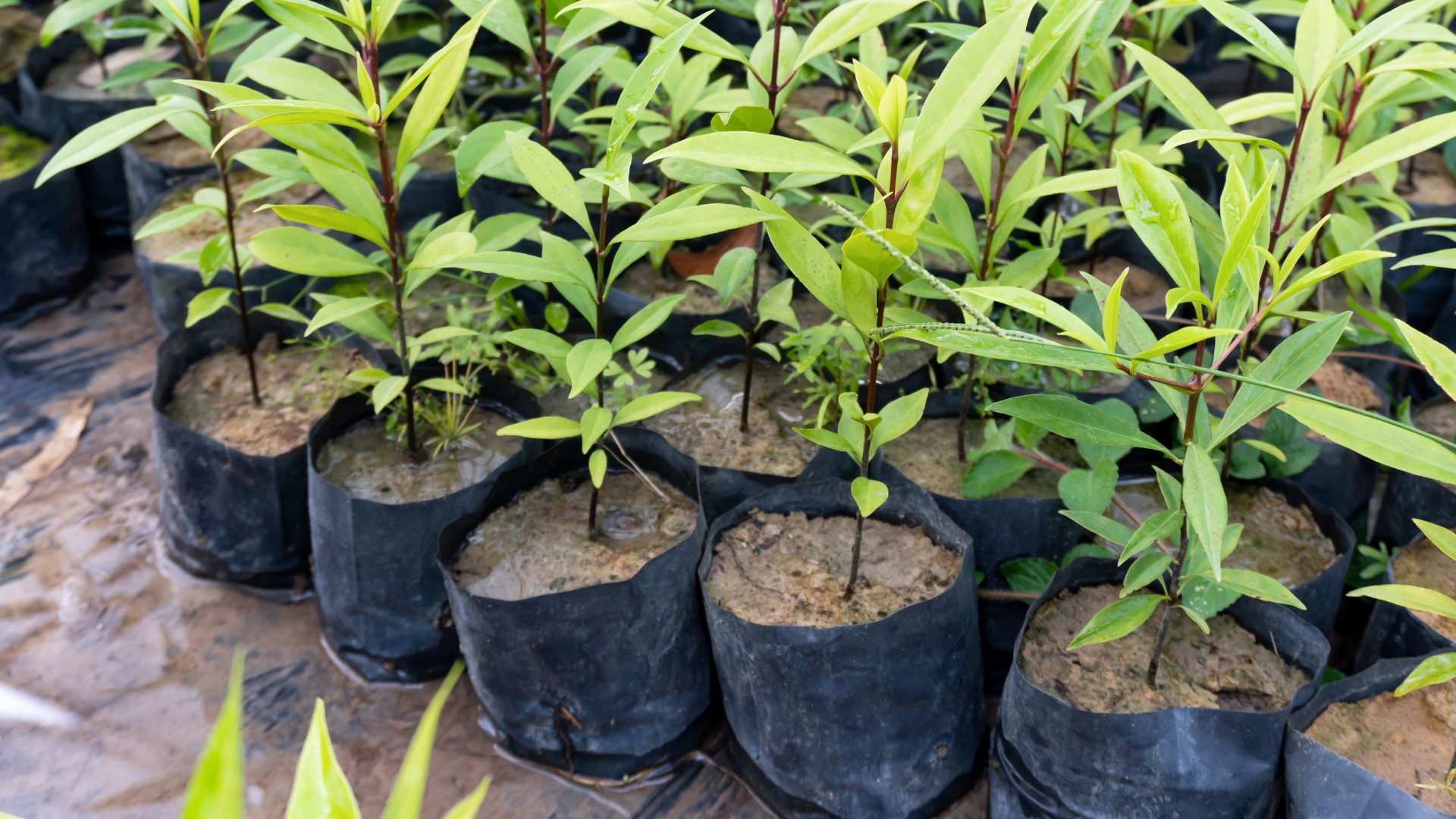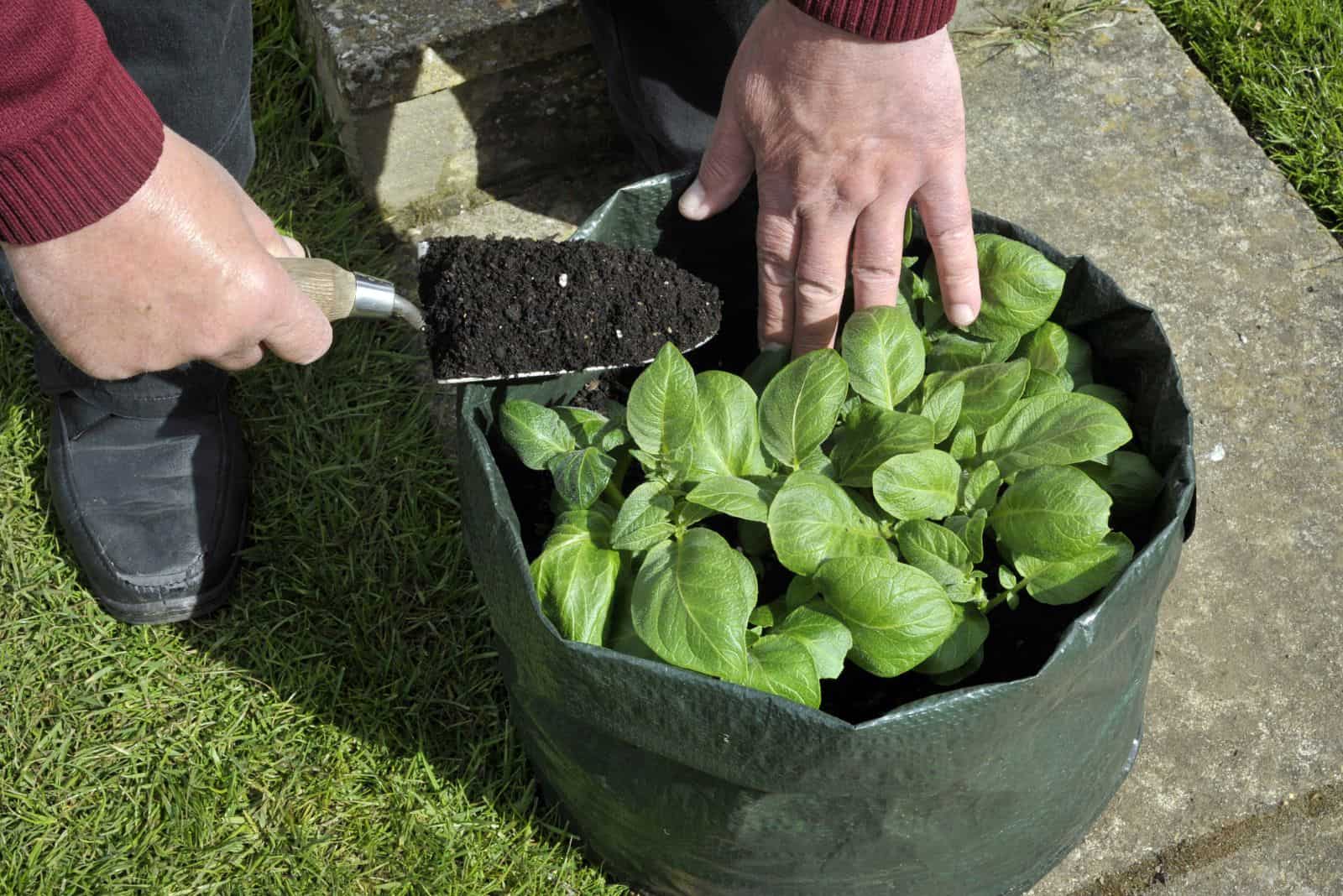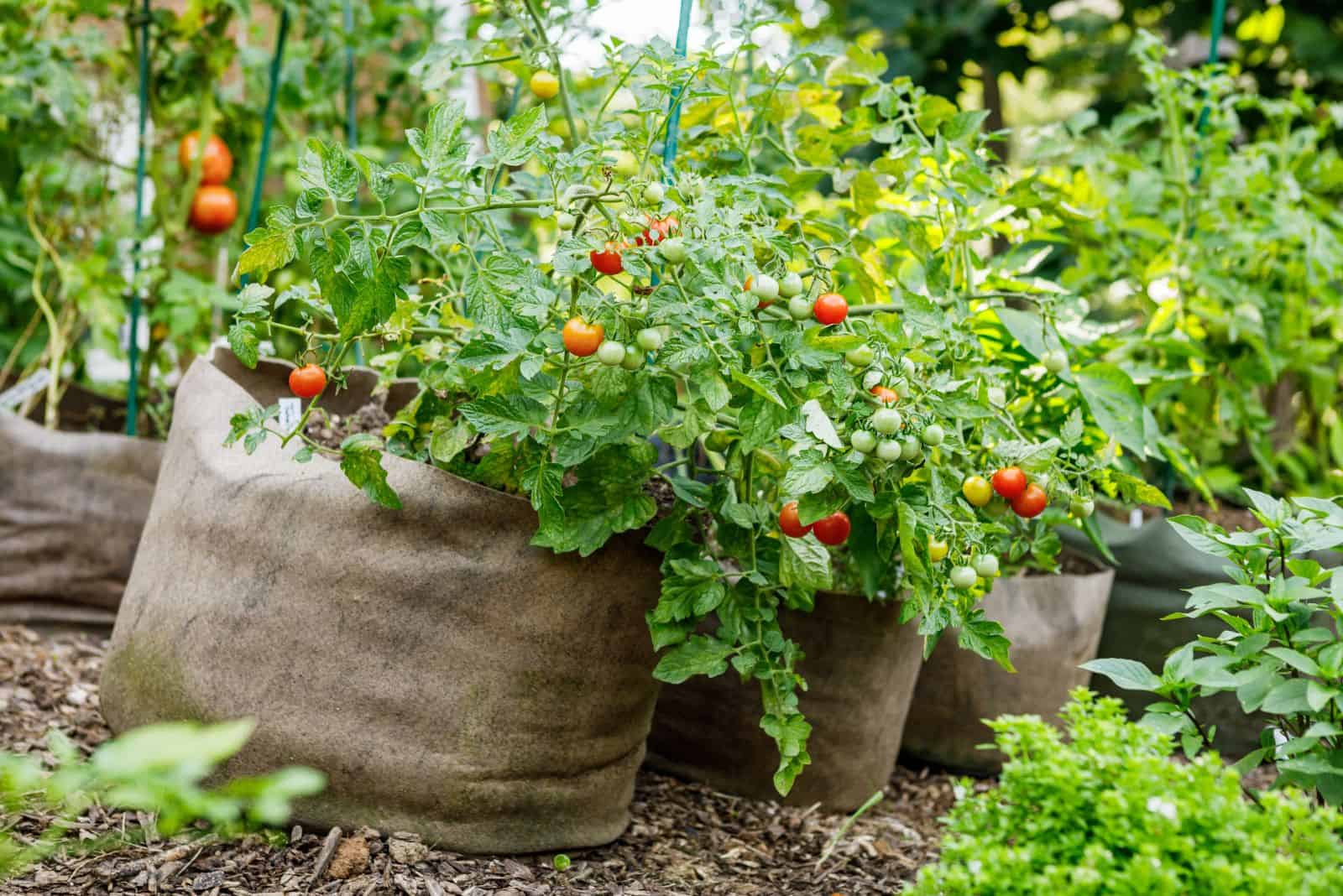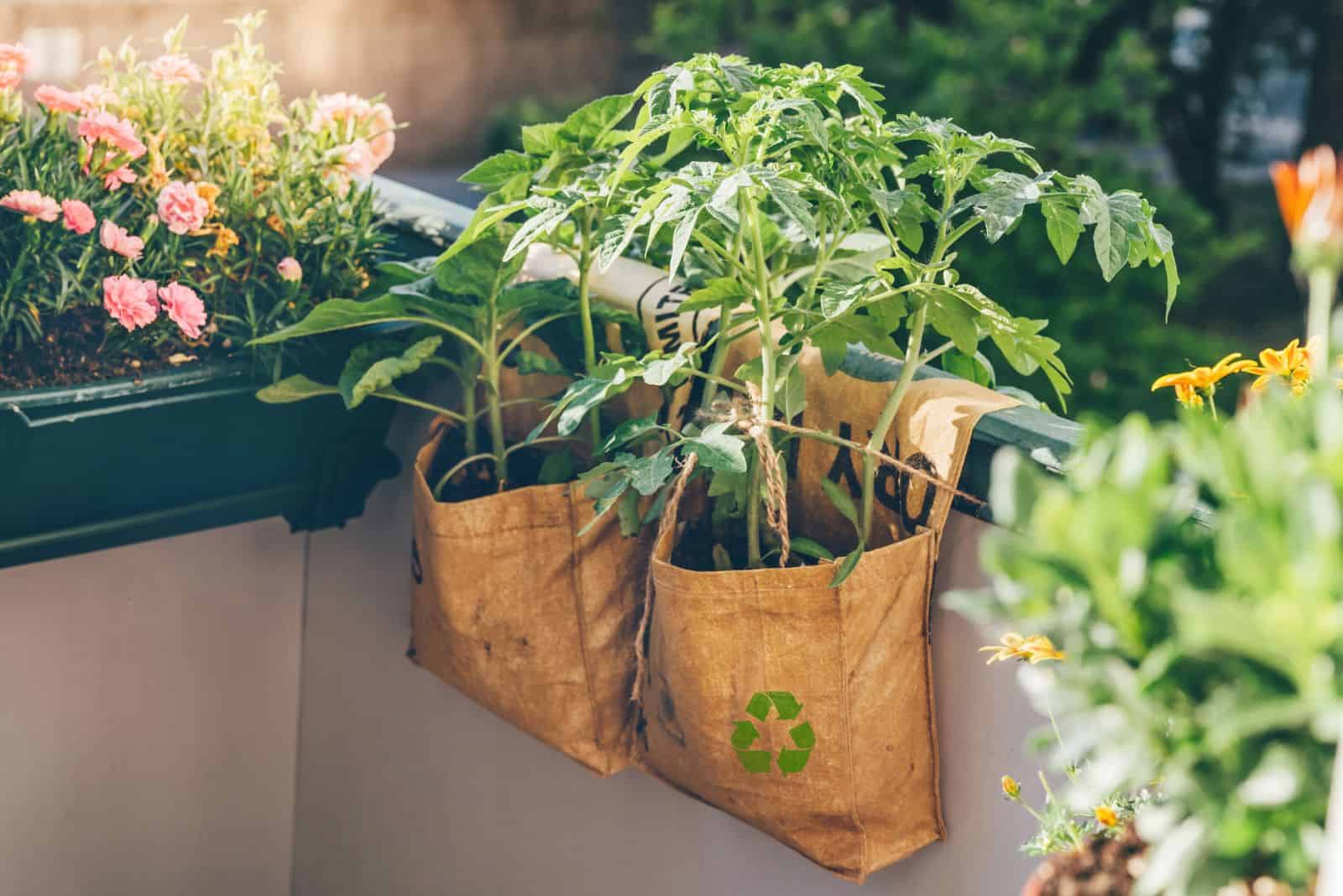Cultivating plants in grow bags has become very popular lately, and the popularity only seems to be growing.
Manufacturers constantly release new types, and growers are simply crazy about them.
However, nothing is perfect in the world of gardening, so you should definitely look at both sides before purchasing these bags.
To help you make a decision, I’ll go through 7 grow bags disadvantages and take the factors listed below into consideration:
• Material
• Water consumption
• Appearance
• Weight
• Price
• Durability
• Cleaning
Let’s get into details!
1. Some Grow Bags Contain Plastic
The truth is that not all grow bags are environmentally friendly. You only need to hear one word to understand why – plastics (or more precisely, polyethylene). (1)
Grow bags that contain polyethylene, or any other substances derived from petroleum hydrocarbons (2), are not biodegradable.
You’ll need to buy a new grow bag sooner or later if you want to continue using this type of cultivation.
This means that grow bags containing the abovementioned materials will end up in a landfill, which is far from good for the environment.
If you decide to use these types of plant containers, you need to look for “biodegradable” on the packaging.
2. You Need To Water More
Growing plants in this type of container means more frequent watering!
These bags are praised for their porosity, but that’s a double-edged sword.
The water evaporation rate will significantly increase because of porosity, which will result in higher watering needs for your plants.
I was unaware of this feature of grow bags when I bought one for the first time, and porosity was one of the main reasons I bought them in the first place.
So, I ended up with dehydrated tomatoes and struggled to bring them back to life.
Therefore, if you start cultivating plants in these bags, be prepared to use your watering can quite often.
3. They Are Not Much To Look At
Growers rarely talk about the appearance of their garden as long as their plants are healthy and happy.
I’m the same, and I was so excited to show my friends my first plants grown in these bags. One of the comments I got was, “Lindsey, are you sure there’s no prettier alternative to these bags?”
Well, if you pay attention to every detail and your garden looks pleasing, grow bags won’t really make an attractive addition.
These bags typically come in black or gray, and some may have handles. That’s pretty much it.
So when compared to other containers that come in various colors, shapes, and designs, grow bags come up short.
4. Larger Bags Are Heavy
Remember the wilted tomatoes I mentioned earlier? It was a determinate variety, Roma, to be precise. A 10-gallon bag was suitable for this variety.
After I solved the wilting problem, I had to move my 10-gallon grow bag full of large tomatoes. As you might assume, it was really hard for me to move it.
Choosing the right sized grow bag for tomatoes is essential, and the same goes for all other plant varieties.
If you are a single gardener and don’t have any help, grow bags aren’t an option if you plan to grow larger plant varieties.
5. They Aren’t Durable As Advertised
The next factor we should consider when it comes to grow bags is durability.
These containers will last more than a year but won’t last more than 10. Although 10 seems like a big number, there’s a catch.
Durability depends on several factors, such as manufacturer, material, and environment.
If you buy a high-quality grow bag made of durable materials and make sure all conditions are perfect, you can reuse the bag several times.
However, an average cost-effective bag typically lasts 2 seasons. This is especially true for grow bags used by beginners.
It may take longer than that to learn which conditions are suitable for these bags.
6. They Are Not Cost-Effective
How many times have you heard that plant cultivation and fabric pots make an excellent combination when it comes to price?
That’s partially true, but to understand the real cost of these bags, you need to understand the big picture.
When buying grow bags for the first time, you won’t spend nearly as much money as you would on standard nursery pots.
But if we go back to the previous section of this article, we’ll see that these containers typically last for about 2 seasons.
Consequently, the costs add up, so if your goal was to save some money using these bags, reconsider it.
7. Cleaning Becomes A Nightmare
Now comes my least favorite part of gardening, cleaning.
Contrary to popular belief, you can’t completely clean these bags with a pressure washer.
Remember that these containers are made of fabric, which is a material that encourages fungus.
You’ll need to clean the soil using water and leave the bags to dry for a couple of days. Then you need to wash them in a washing machine and dry them well (not in a dryer) before storage.
Here’s a video to teach you the process of cleaning grow bags:
Grow Bags: To Use Or Not To Use
After seeing the disadvantages of grow bags, there’s one question we should ask ourselves, why do so many growers use these bags?
If you live in an apartment or have limited space in your outdoor garden, these types of containers are an excellent option.
Smaller bags are lightweight and you can easily move them around your garden or balcony.
If you have issues with overwatering, fabric containers will help you avoid them. They’ll also regulate temperatures, i.e., won’t overheat.
Wrapping Up
You need to be aware of all the disadvantages of grow bags before you start using them.
Each grower has a different experience with plant cultivation, and what works for them may not work for you.
If you take everything above into consideration, I’m sure you won’t have any problems making a decision.
Until next time!
[sp_easyaccordion id=”19253″]




